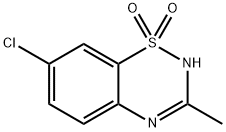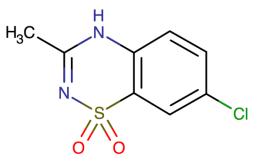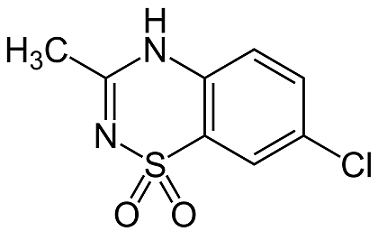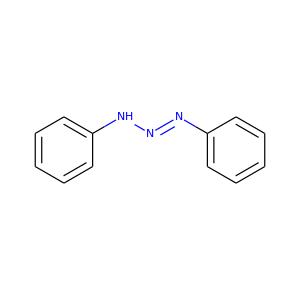Uses of Diazoxide
Diazoxide is a well-characterized low molecular weight (MW 230.7) drug that is a derivative of benzothiadiazine but that possesses antidiuretic effects. It has been approved and used since the 1970s for treating hypertension and hypoglycemia. This compound is considered a reproductive toxin to humans and several experimental animals.

Uses
Diazoxide has traditionally been used therapeutically for its antihypertensive and hyperglycemic properties. It acts as a potent arteriolar vasodilator in the short-term treatment of acute hypertension, malignant hypertension, and occasionally, in cases of pregnancy-induced hypertension. By relaxing peripheral arterioles of smooth muscle cells, peripheral vascular resistance is reduced. In rare cases, cardiac and pulmonary effects have occurred in neonates and in infants.
In the treatment of hypertensive crisis with 300 mg of IV diazoxide, angina, myocardial and cerebral infarction, ischemia, and optic nerve damage could ensue. Diazoxide is used also in the management of hypoglycemia secondary to hyperinsulinism in adults with inoperable islet cell adenoma or carcinoma, or extrapancreatic malignancy; and in infants and children with leucine sensitivity, islet cell hyperplasia, nesidioblastosis, extrapancreatic malignancy, islet cell adenoma, or adenomatosis. In the treatment of hypoglycemia due to hyperinsulinism, diazoxide is an oral agent that decreases insulin release from the pancreas, enhancing glycogenolysis and inhibiting the uptake of glucose.
Mechanism of Toxicity
Diazoxide is a potassium channel activator, which causes local relaxation in smooth muscles by increasing membrane permeability to potassium ions. Consequently, voltage-gated calcium ion channels are ineffective, inhibiting the generation of an action potential. The primary mechanism by which diazoxide lowers blood pressure is by direct relaxation of medium sized blood vessels. The cardiac output and renin secretion increases, resulting in elevated angiotensin II levels and retention of salt and water. When used to treat low blood sugar, diazoxide decreases insulin release from the pancreas.
Related articles And Qustion
Lastest Price from DIAZOXIDE manufacturers
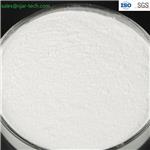
US $0.00/g2025-01-13
- CAS:
- 364-98-7
- Min. Order:
- 1g
- Purity:
- More Than 99%
- Supply Ability:
- 50kg/Month
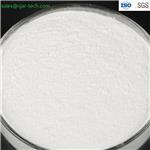
US $0.00/g2025-01-13
- CAS:
- 364-98-7
- Min. Order:
- 1g
- Purity:
- More Than 99%
- Supply Ability:
- 100kg/Month
